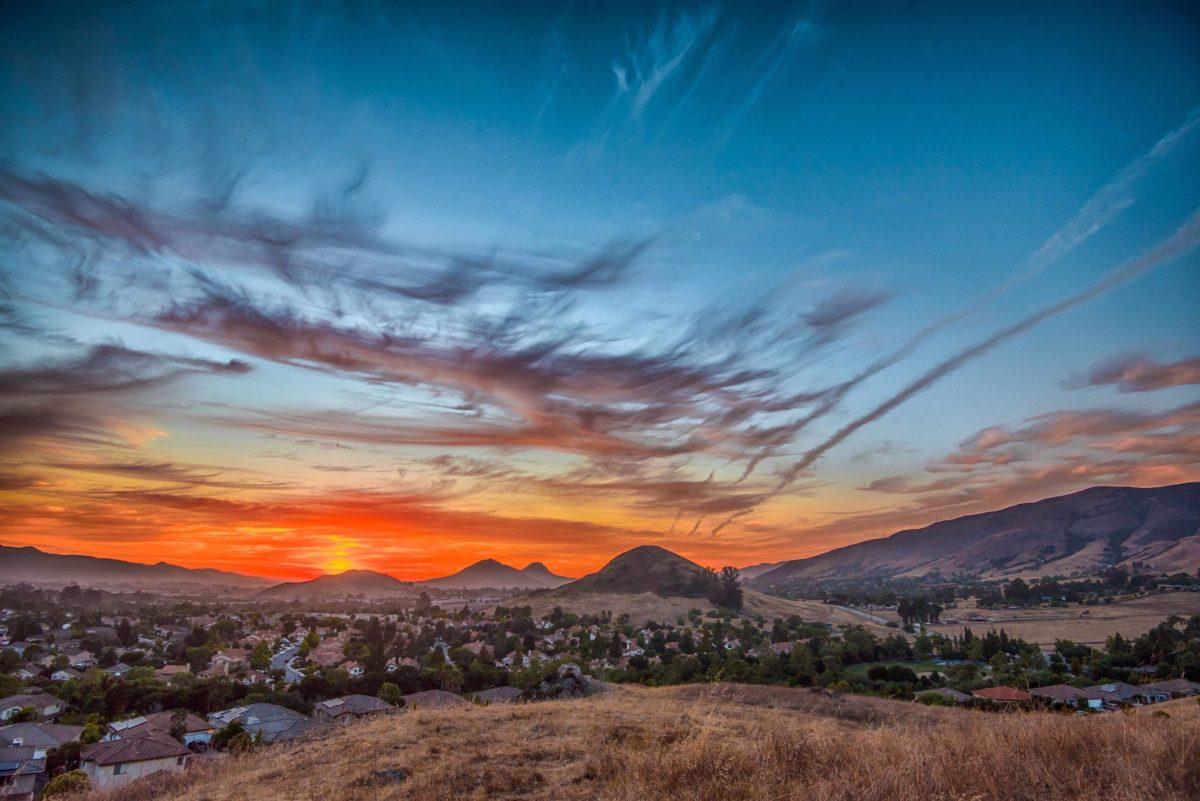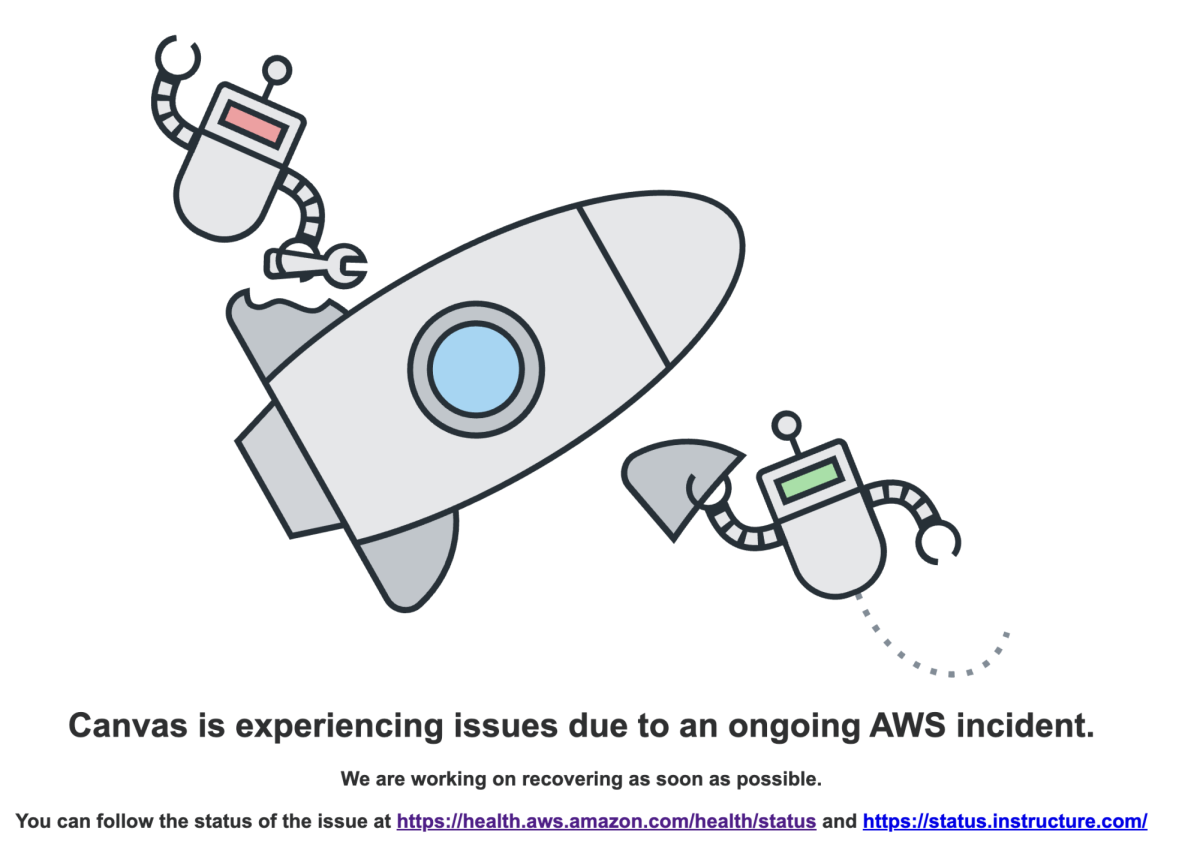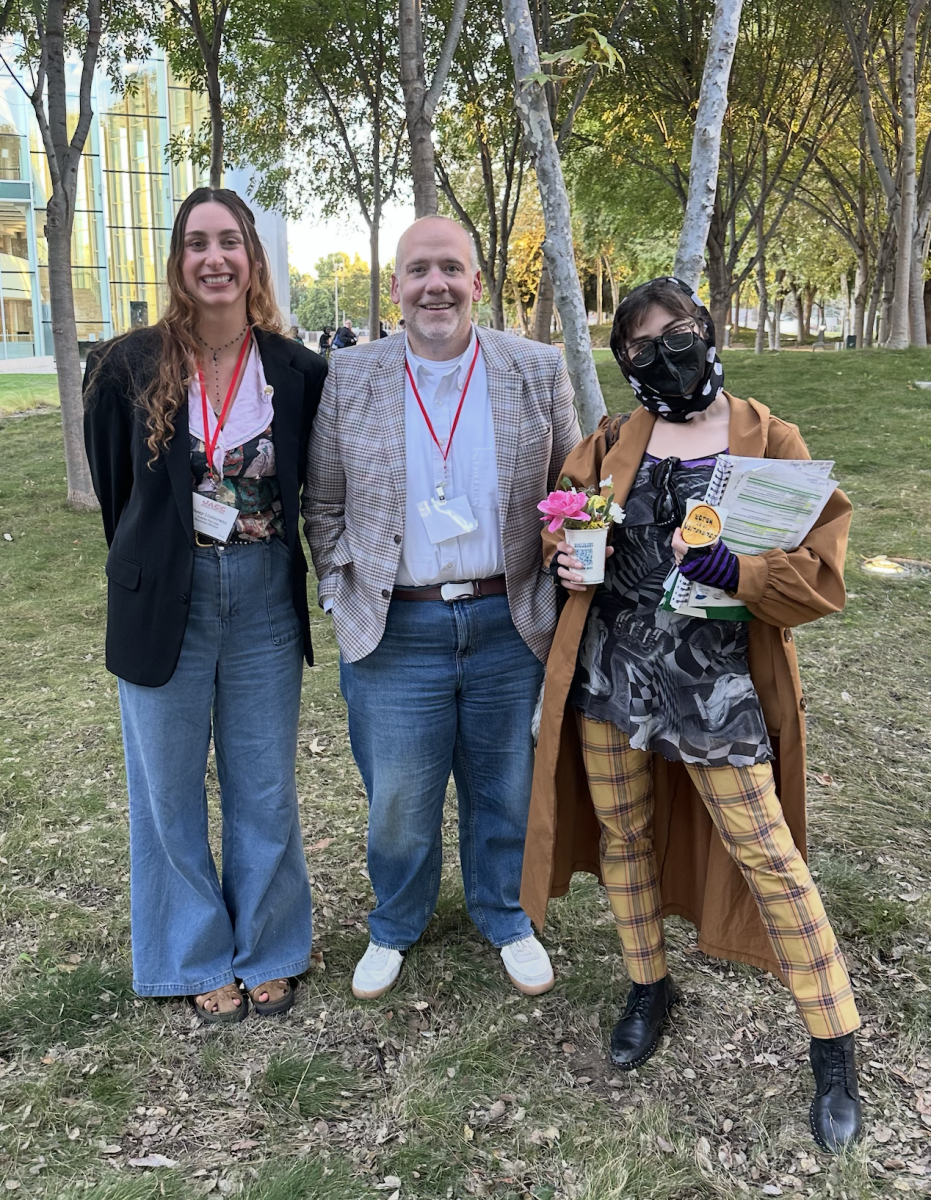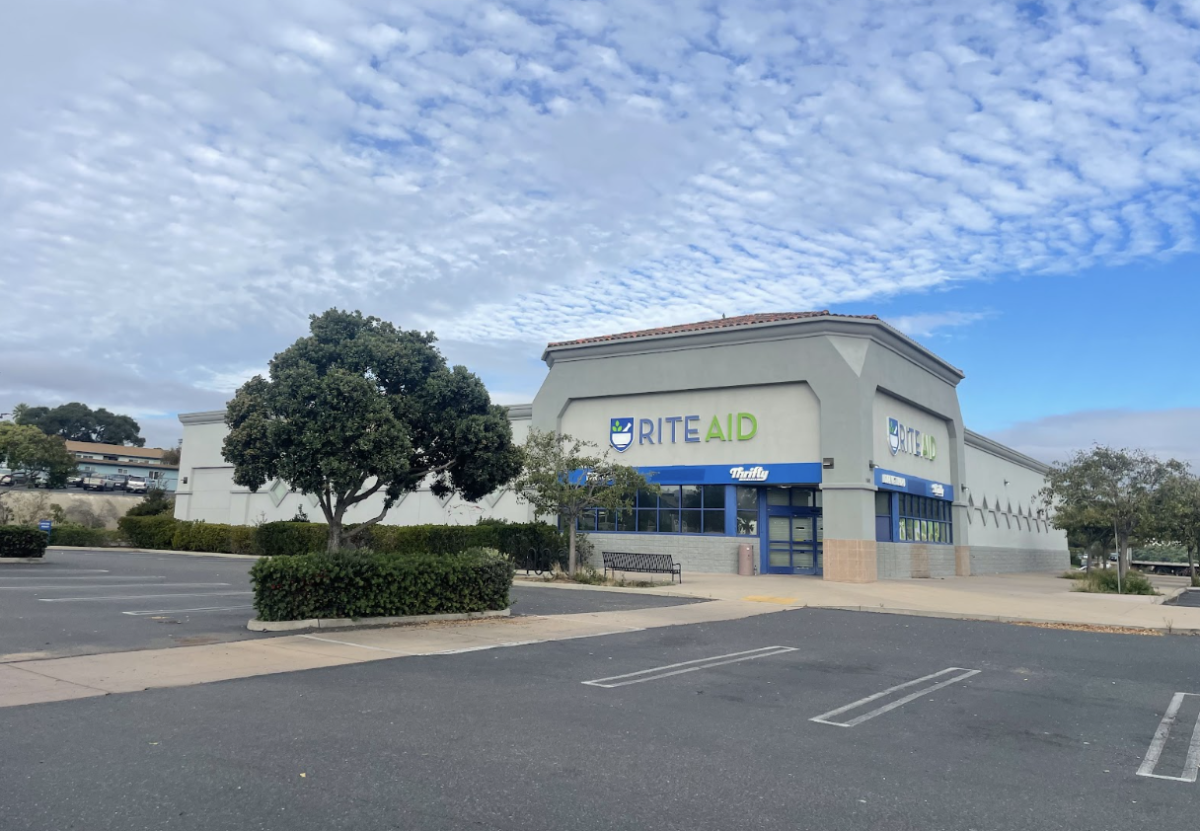Growing up in San Luis Obispo can make residents somewhat used to the nature, the opportunity, and the privilege of living here.
That isn’t the case for tourists though.Â
For some, San Luis Obispo is just a passing point for those driving to and from San Francisco and Los Angeles. Which makes it a perfect middle-of-the-trip stop for visitors driving on Highway 1. Not as big and bustling as San Francisco and Los Angeles, but just big enough for tourists to be entertained.Â
The wine, the beach, the bustling downtown; all a California visitor could ever want.Â
The San Luis Obispo City Council, and more specifically the Tourism Business Improvement District Board (TBID), is consistently working to improve it’s appeal to out-of-towners.
The TBID was established in 2008 to let the hotel industry promote tourism and increase funds in San Luis Obispo’s lodging properties. It consists of seven members, including Board Chair Bruce Skidmore, working in the hotel industry that market the town’s attractions. Board members serve for four years, and come up with ideas to bring in visitors. In fact, they have a five year plan for 2019 to 2024.Â
“In order to make all of those great results happen, the TBID must follow and maintain a strong, forward-thinking, and consistent and yet ever-evolving plan,†said Molly Cano, Tourism Manager of TBID.Â
This plan acts as the standard for which many of the future improvements of San Luis Obispo will be held. It contains five imperatives acting as goals for the strategy.Â
The first imperative is to elevate the San Luis Obispo brand and experience. According to TBID’s plan, for the city to become a brand it must “identify the core SLO identity and develop a plan to market it.†The purpose is to find what best represents the region.Â
While looking at some of San Luis Obispo’s attractions on slocal.com, a website developed in September 2019 as a part of the plan, one can read about opportunities the county holds. Yet a few characteristics of the town that the TBID wants to convey are being “essential, approachable, strategic, driven, effective.†This is to create an image of what San Luis Obispo is known as by tourists, for tourists.Â
Imperative two is to deliver smart growth. This step is an important one for locals. One of the goals is finding how far one can go to attract tourists without making those who live in the city uncomfortable.Â
The rest of the imperatives are to build meaningful partnerships, ensure organizational excellence, and to contribute to an unforgettable SLO experience.
“Each of these imperatives has a dedicated work program assigned,†Cano said. “These imperatives also inform and direct the focus of our marketing programs overall.â€
The TBID may look appealing to business owners, and slightly unsettling to San Luis Obispo’s citizens. Most residents probably want local businesses to thrive and customers to increase, yet not everyone is supportive of extra traffic and even more trouble facing what is a problem already: Parking in downtown San Luis Obispo.
Yet, according to San Luis Obispo’s City Council, TBID has been staying productive.
“Over the life of the TBID, nearly $70 million has been directly put into the city’s general fund through TOT (Transient Occupancy Tax) collection,†Cano said.
Recently, TBID has advertised 14 local attractions, including the new Hotel Cerro, flights to San Diego and Portland, and “The Dog-Lover’s Shopping Guide to San Luis Obispo.†Many partnerships were established, such as meeting with Mindbody, Visit SLO CAL, and SLO Coast Wine.Â
In 2024, locals may be living in a new San Luis Obispo. More people, more shops, more hotels and more cars. The economy will most likely be different, as well as the view from the top of a few Nine Sisters. Â
The Tourism Business Improvement District Board may just be made up of those from the lodging industry, but they aim to affect many more businesses for the better within their plan. They meet every second Wednesday of the month at 10 a.m. in the City Council’s Hearing Room.









